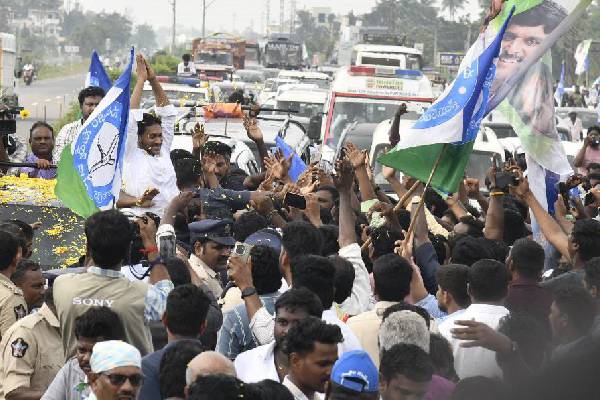Within minutes of India’s precision strikes, Pakistani media launched a coordinated misinformation campaign that followed their well-established playbook of denial and deception. News outlets across Pakistan began broadcasting entirely fabricated claims about Indian aircraft being shot down over Pakistani territory – a direct replay of their false narratives during the Balakot strikes, when they manufactured similar stories about downing multiple Indian jets.
The most revealing aspect of this propaganda effort emerged through the glaring contradictions between Pakistan’s military statements and media reporting. While television channels breathlessly reported Indian airspace violations, the Pakistani army spokesperson reluctantly acknowledged that “Indian missiles did strike targets” but insisted no fighter jets had crossed their border, essentially confirming India’s account while their media pushed an entirely different story.
Pakistani sources deliberately spread technical misinformation about Indian equipment capabilities, falsely claiming Rafale jets participated in the operation when India had employed standoff weapons. They invented damage reports about Indian military assets that simply didn’t exist and exaggerated their defensive capabilities against precision strikes to save face domestically.
This pattern mirrors Pakistan’s historical approach to information warfare. A senior Indian official noted during the broadcast that following Balakot, “they claimed multiple Indian aircraft had been shot down,” – highlighting how Pakistan consistently manufactures alternative facts during military confrontations to shape both domestic opinion and international perception.
Behind the scenes, Pakistani authorities declared an emergency in affected areas, particularly in Punjab province, where Maryam Nawaz serves as Chief Minister, while simultaneously instructing media outlets to downplay the effectiveness of Indian strikes. This two-track approach allowed them to respond operationally while maintaining a public narrative that minimised India’s military success.
Television networks employed sophisticated manipulation tactics, including broadcasting unverified “eyewitness” accounts that contradicted official statements, using misleading archival footage from unrelated incidents, and releasing manipulated images purporting to show minimal damage to targeted facilities. The information environment became so confused that Pakistani citizens received entirely different accounts depending on which sources they followed.



































